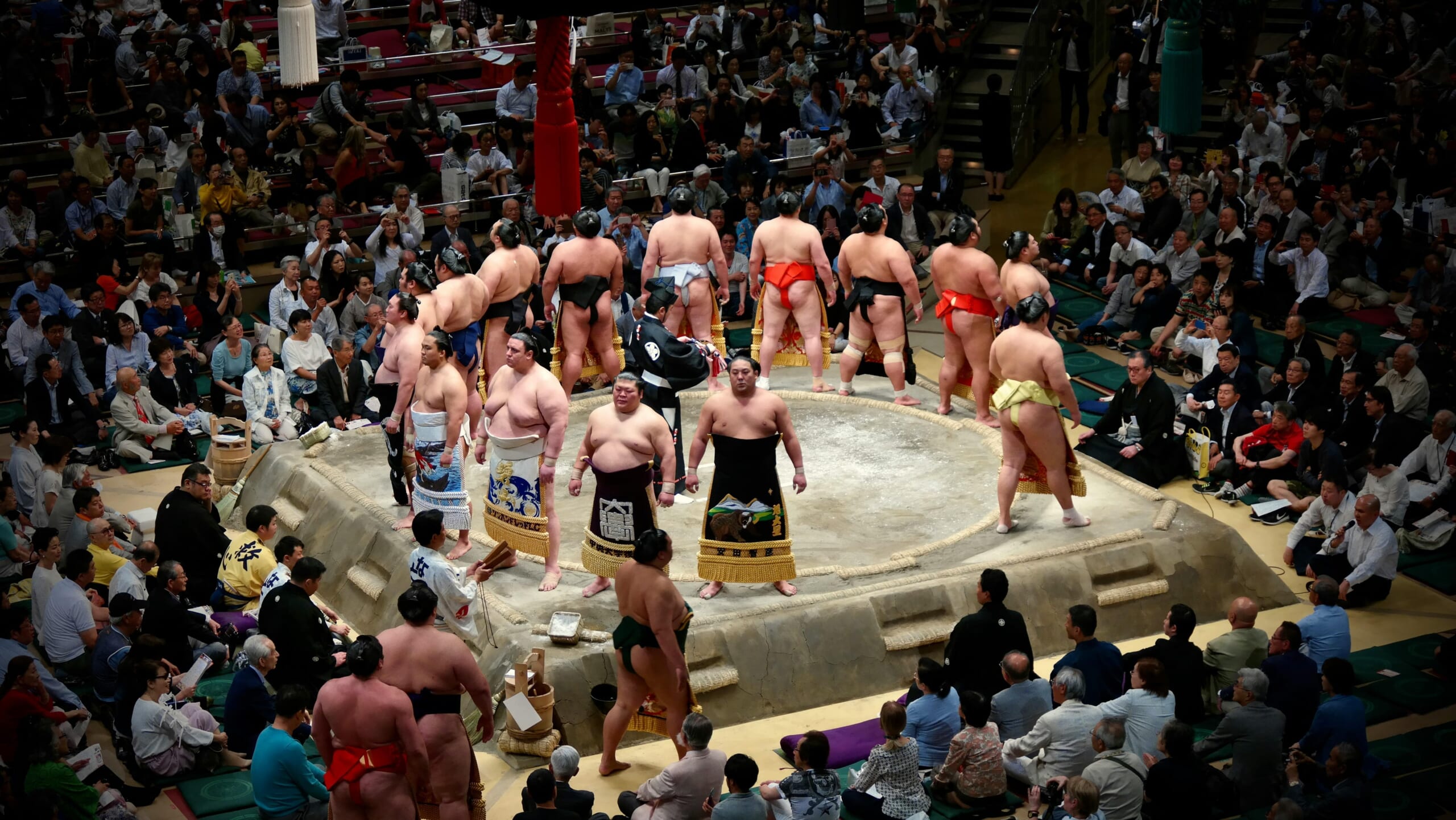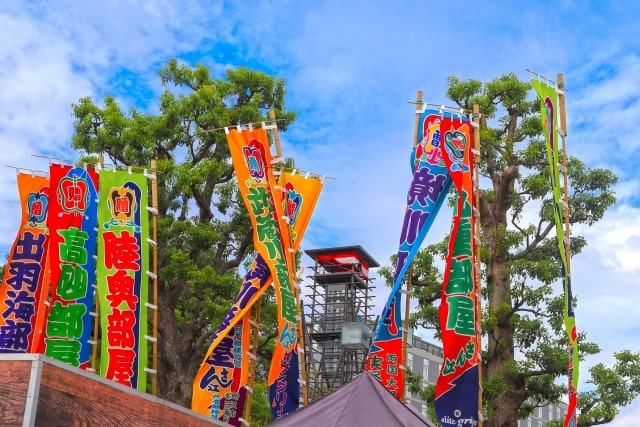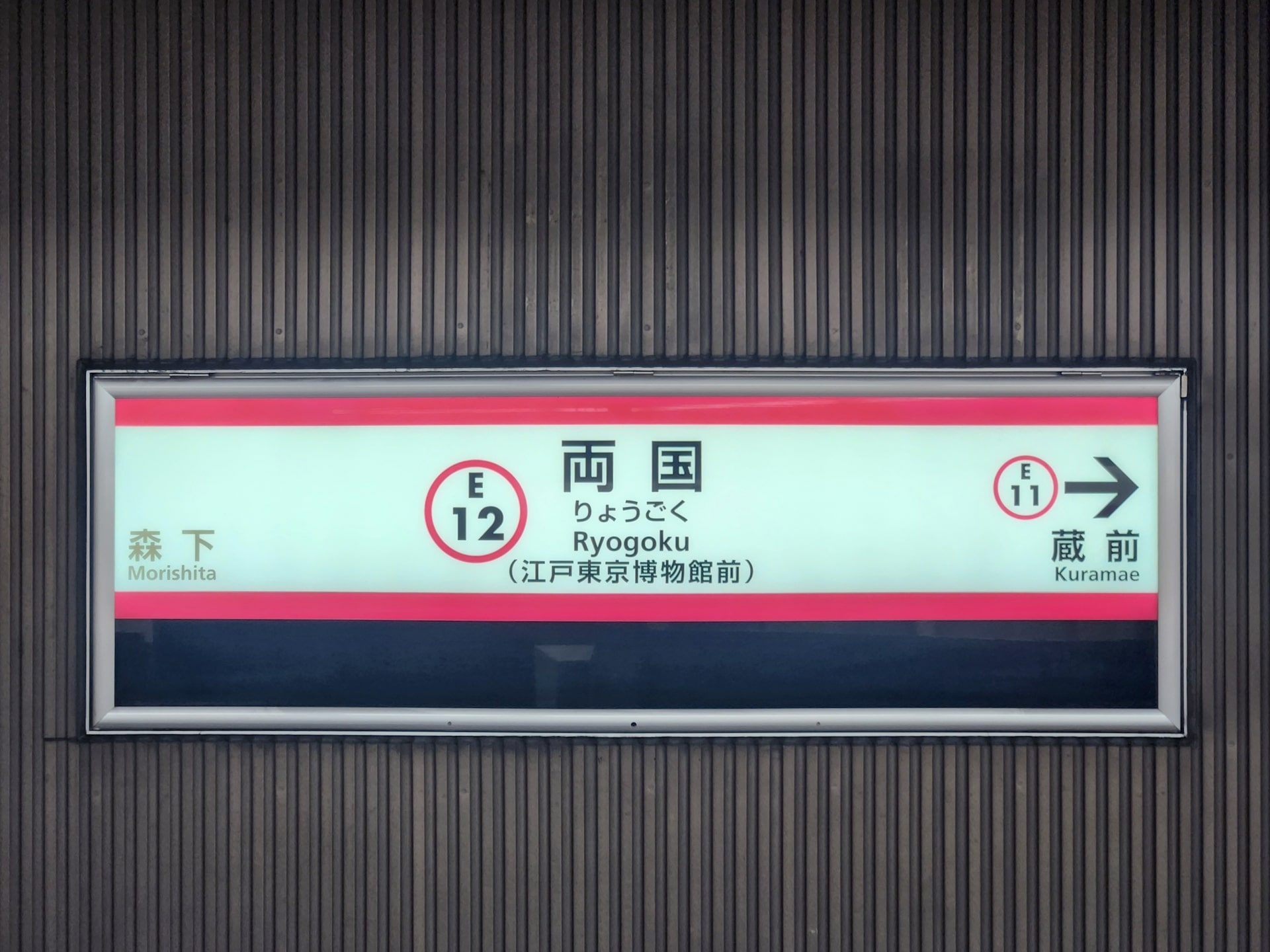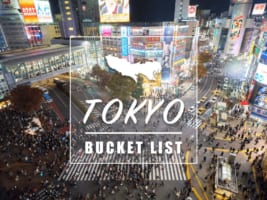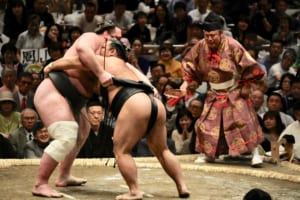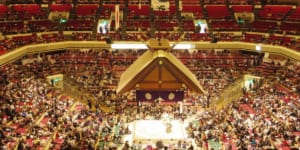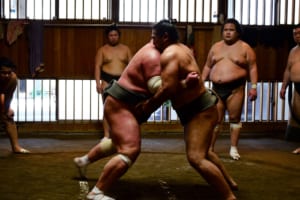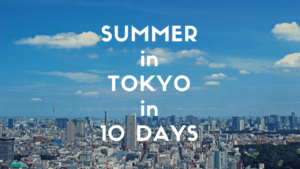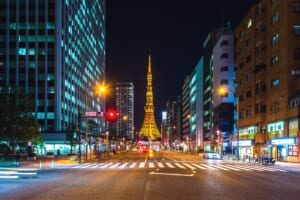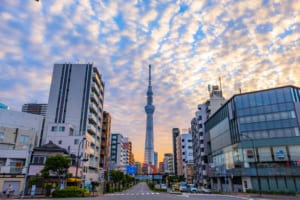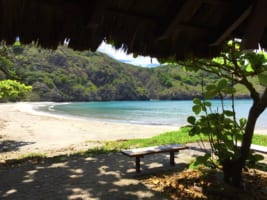Ryogoku Kokugikan: the Sumo Stadium in Tokyo
Guide to Ryogoku Kokugikan Sumo Stadium in Tokyo
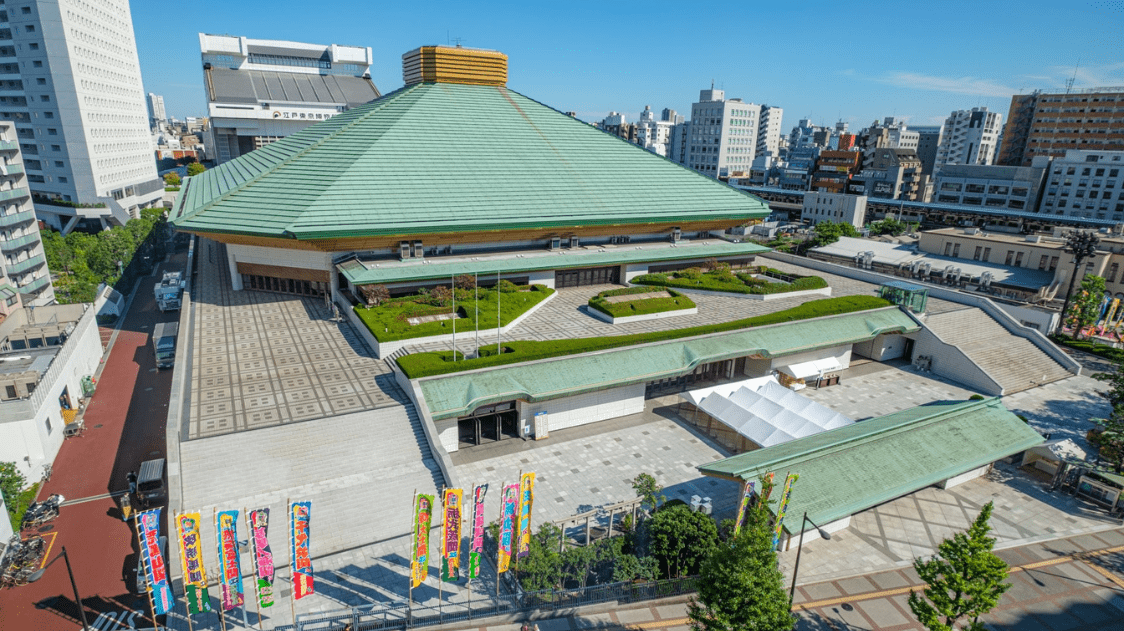
Located in the heart of Tokyo, Japan, Ryogoku Kokugikan stands as a beacon of cultural heritage and sporting excellence.
Known primarily for its sumo tournaments, this iconic venue is a window into Japan’s ancient traditions and modern attractions. Whether you’re a sumo enthusiast or a curious traveler, Ryogoku Kokugikan offers a unique blend of entertainment, history, and architecture.
This article aims to shed light on the essence of Ryogoku Kokugikan, enriching your understanding and hopefully sparking an interest in this remarkable place.
*Please note that this article contains affiliate links.
What is Ryogoku Kokugikan?
Ryogoku Kokugikan (両国国技館) is the heart of sumo wrestling in Japan, serving as the venue for the sport’s main tournaments.
This multipurpose hall also accommodates martial arts events and concerts, offering enjoyment regardless of the weather. With a capacity exceeding 10,000 seats, it’s a popular destination for large events. Designed by Kingo Tatsuno, the architect behind Tokyo Station and the Bank of Japan’s main office, Ryogoku Kokugikan boasts significant architectural heritage.
The front entrance greets visitors with historic sumo wrestling images and championship cups, enriching the cultural experience.
<<Book here for Tokyo Sumo Tournament Tour in September [Chair B]>>
<<Book here for Tokyo Sumo Tournament Tour in September [Chair C]>>
What to do at Ryogoku Kokugikan
Ryogoku Kokugikan, inaugurated in 1909, has been a cornerstone of sumo wrestling in Japan, designed by the esteemed Kingo Tatsuno and his pupil Manji Kasai.
This iconic venue is central to the sumo wrestling world, hosting three of the six grand tournaments annually: the Hatsu Basho in January, the Natsu Basho in May, and the Aki Basho in September. These events are pivotal in determining the professional rankings of sumo wrestlers.
Beyond sumo, Ryogoku Kokugikan embraces its role as a cultural hub by offering a variety of experiences, including exhibitions, other martial arts events, and concerts.
Its design reflects a blend of traditional Japanese architecture with modern functionalities, making it a fascinating destination for architecture enthusiasts as well.
How to Buy a Sumo Ticket
Tickets for sumo matches can be purchased through various online platforms, such as Ticket Sumo, Ticket Pia, and Lawson Ticket.
Given the high demand, especially on popular days and for specific seat types, participating in the advance lottery sale through “Ticket Grand Sumo” is recommended for the best chance at securing tickets.
<<Book here for Tokyo Sumo Tournament Tour in September [Chair B]>>
<<Book here for Tokyo Sumo Tournament Tour in September [Chair C]>>
Check out more about how to watch sumo at the following link!
How to get to Ryogoku Kokugikan
Map
Access
From Tokyo Station, Ryogoku Kokugikan is a 13-minute train ride away. Travelers should take the Yamanote Line to Akihabara Station, then transfer to the Chuo-Sobu Line to Ryogoku Station.
The journey from Shibuya Station takes approximately 31 minutes, and it involves a transfer at Yoyogi Station to the Chuo/Sobu Line.
Ryogoku Kokugikan is right before Ryogoku Station, so you can’t miss it!
Address
1 Chome-3-28 Yokoami, Sumida City, Tokyo 130-0015
Business Hours
Depending on event schedule, check website for details
Price
Depending on event
Official Website
Tourist Reviews of Ryogoku Kokugikan
Ryogoku Kokugikan, Tokyo’s celebrated sumo stadium, offers visitors a unique cultural experience steeped in tradition. It boasts a Google rating of 4.4 (7,917 reviews), a TripAdvisor score of 4.5 (898 reviews), and a Yelp rating of 4.6 (32 reviews), reflecting widespread appreciation for the venue’s vibrant atmosphere and clean, modern facilities.
A reviewer shared their enjoyment of attending a New Year’s sumo tournament and praised the venue’s amenities:
“Very glad I attended the New Years Sumo Championship, I stayed for an afternoon watching the matches. I was in the stands, the chairs are comfortable, the stadium is clean. In the hallway is food for sale, plus vending machines, a small gift shop area, and you can get some air in some outdoor areas without leaving the stadium. Bathrooms are predictably clean. I’d love to return someday.”
―from TripAdvisor
Another visitor recounted a serendipitous visit to the arena during a retirement ceremony for a famous sumo wrestler:
“Our first trip to Tokyo and we stayed in Sumida in Ryogoku. Saturday morning walk we stumbled upon the Ryogoku Kokugikan and bought tickets on what turned out to be a retirement ceremony for one of the more decorated sumo wrestlers of all time. The 3-hour event was awesome, lots of celebrities and dignitaries along with fans came out to wish him well and thank him for all his years of commitment to the sport. We were first bummed that it wasn’t an actual sumo match but honored we were part of a special event paying respect to a person whom we didn’t know.”
―from Yelp
Visitors frequently highlight the stadium’s immaculate cleanliness, comfortable seating, and lively atmosphere during tournaments and special events. Whether you’re a sumo enthusiast or a curious traveler, Ryogoku Kokugikan offers a memorable glimpse into Japan’s national sport and its cultural significance.
Tourist attractions near Ryogoku Kokugikan
Sumida Hokusai Museum(すみだ北斎美術館)
Just a short walk from the sumo stadium is the Sumida Hokusai Museum, dedicated to the life and works of Katsushika Hokusai, a master ukiyoe artist famous for his series “Thirty-Six Views of Mount Fuji.” The museum showcases a vast collection of Hokusai’s artwork, providing a deep dive into the Edo period’s artistic heritage.
Sumo Museum(相撲博物館)
Adjacent to Ryogoku Kokugikan is the Sumo Museum, where visitors can explore the history of Japan’s national sport through a fascinating array of sumo-related artifacts, including ceremonial aprons, historical photographs, and portraits of legendary yokozuna (grand champions). The exhibits, which are updated every two months, offer a unique glimpse into the sumo world.
Tokyo Mizube Line(東京水辺ライン)
For those interested in a leisurely exploration of Tokyo from the water, the Tokyo Mizube Line cruise starts from Ryogoku and sails to various destinations, including Hamarikyu Gardens, Odaiba, Kasai Rinkai Park, and Asakusa. This scenic route offers picturesque views of Tokyo’s skyline and notable landmarks, including a close-up view of the iconic Rainbow Bridge.
Ryogoku Kokugikan is not just a venue for sumo; it’s a cultural landmark that connects visitors to the heart of Japanese tradition and innovation.
Whether you’re drawn by the allure of sumo, interested in architectural marvels, or eager to explore Tokyo’s rich cultural tapestry, Ryogoku Kokugikan promises an unforgettable experience.
We hope this article has enriched your understanding and perhaps ignited a new interest in this magnificent place.
▽Subscribe to our free news magazine!▽
For more information about traveling in Japan, check these articles below, too!
▽Related Articles▽
▼Editor’s Picks▼
Written by






